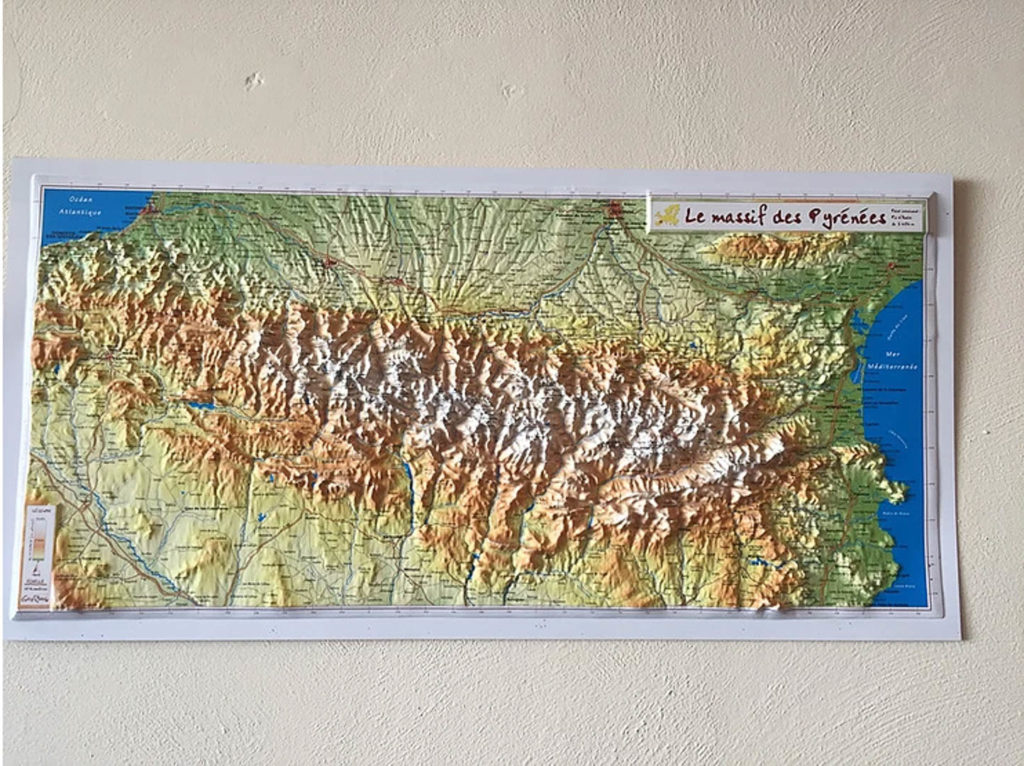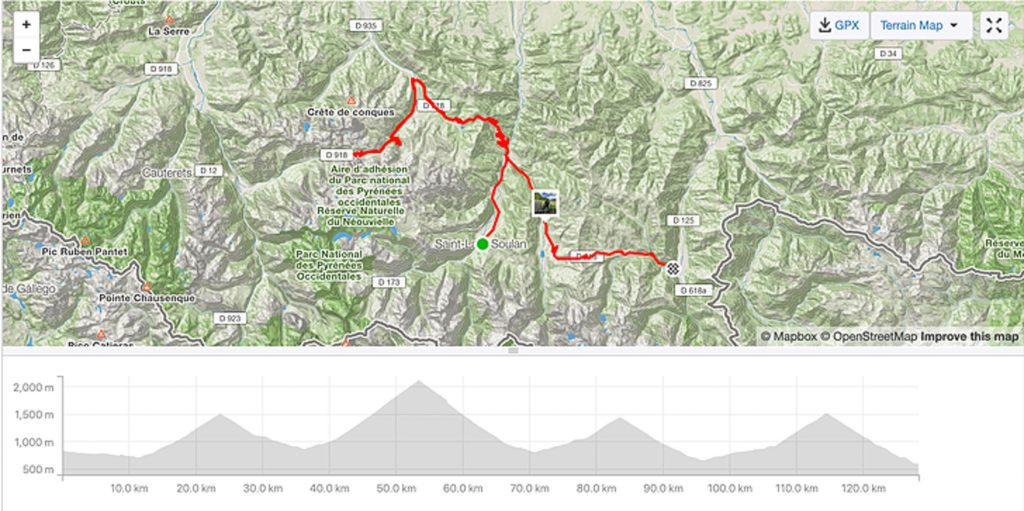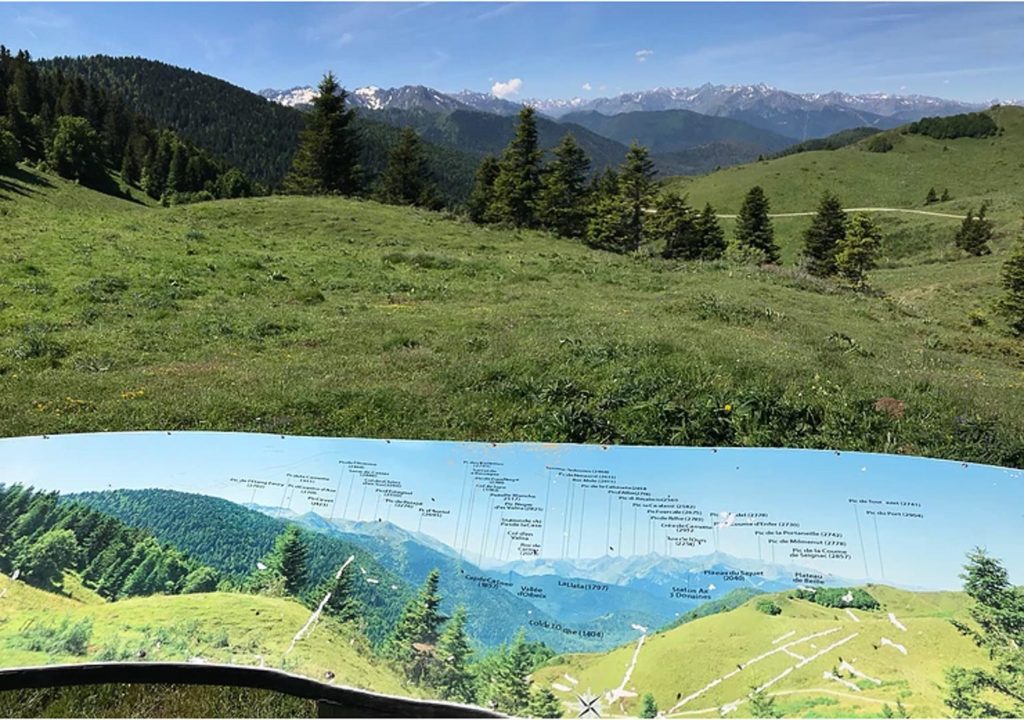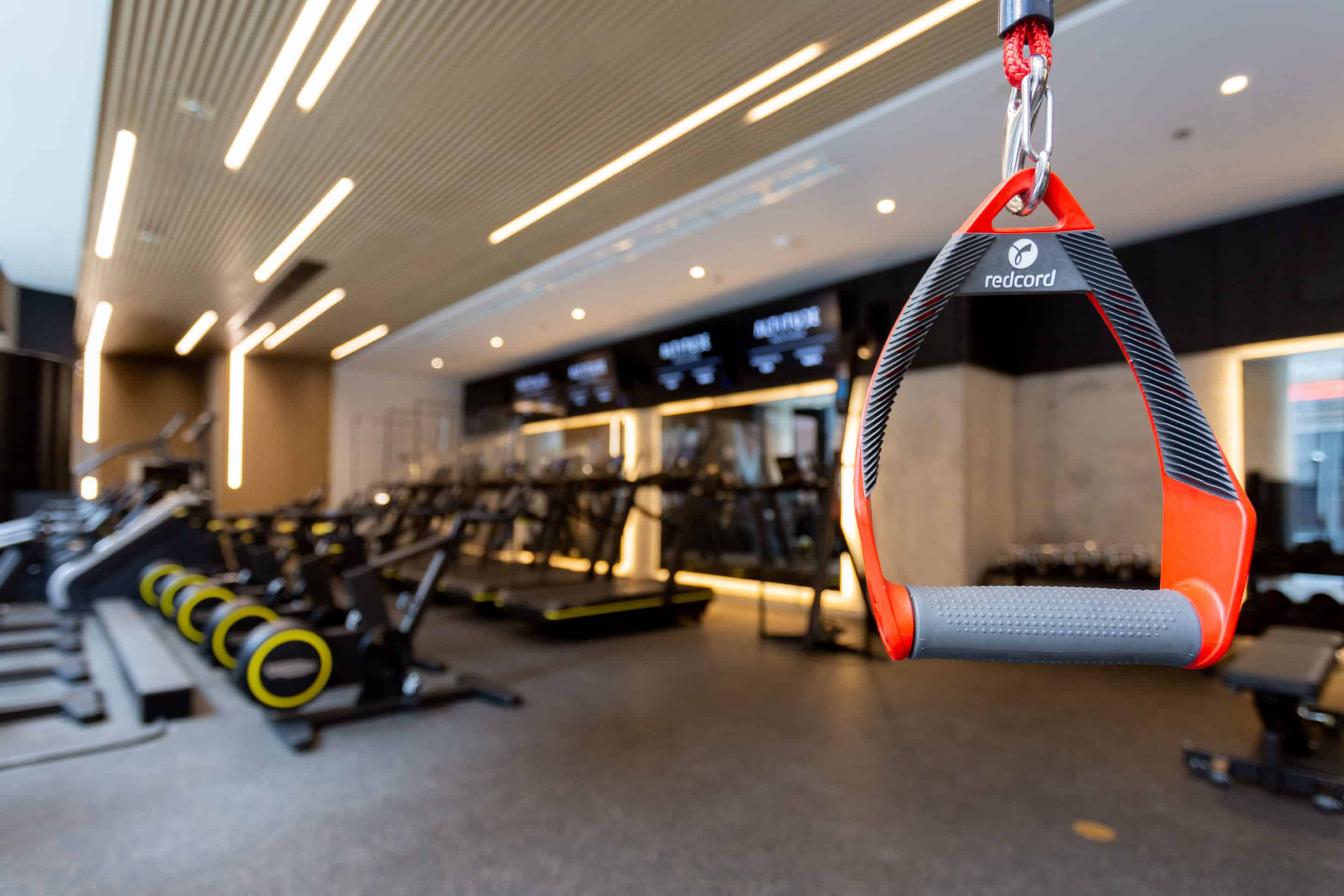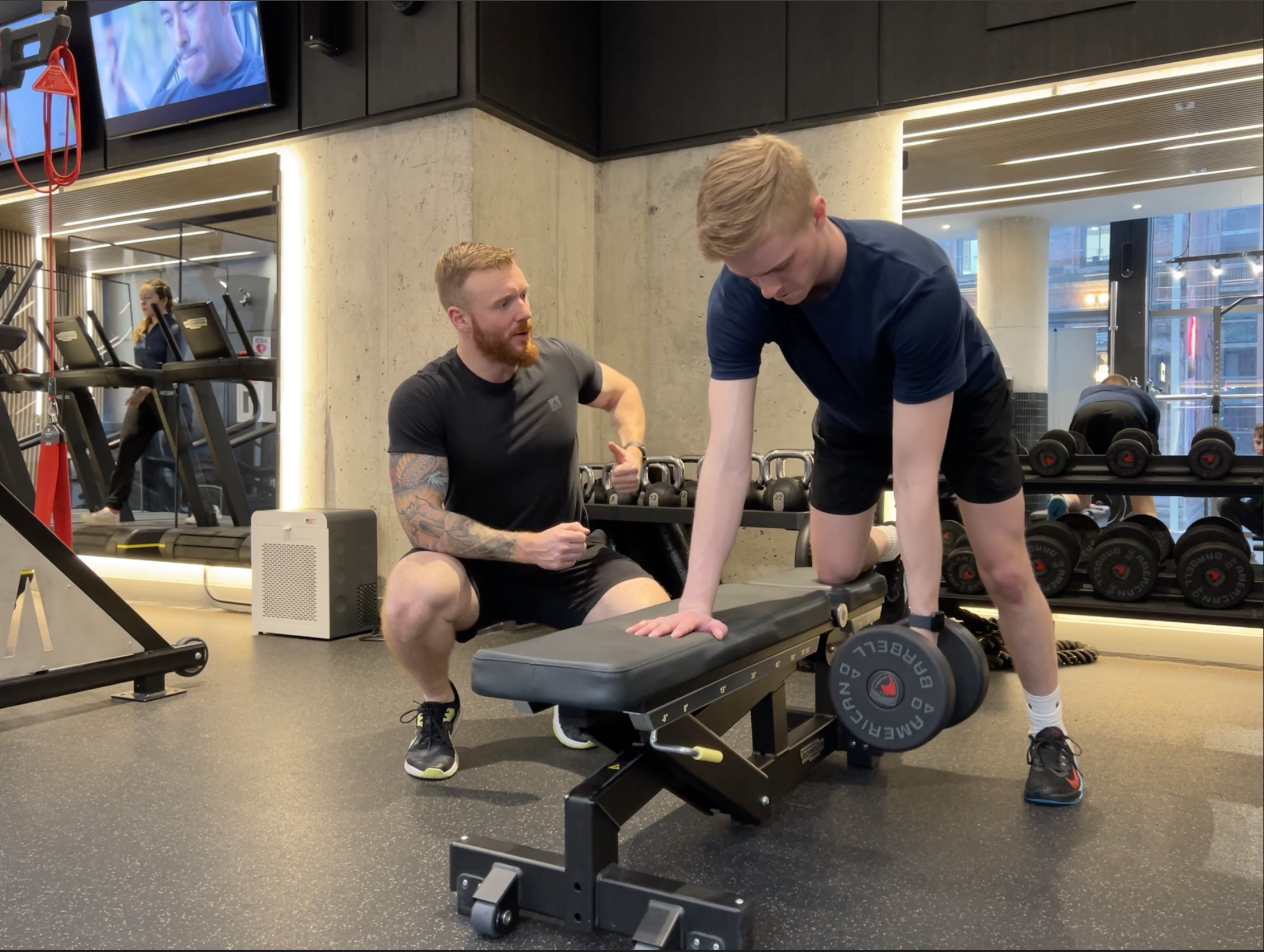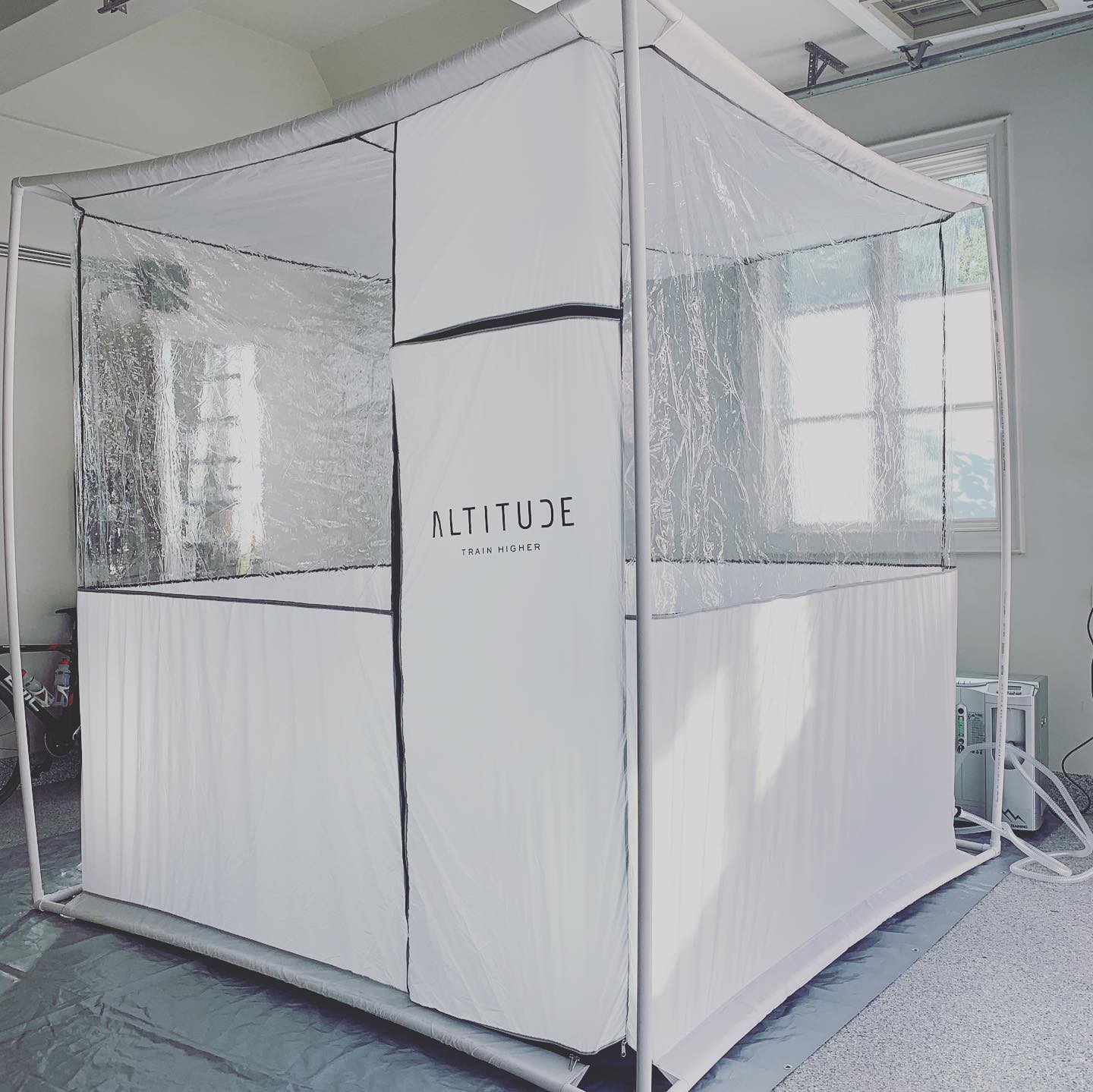What it’s like to cycle through the Pyrenees
The Pyrenees, a spectacular mountain range, beckons cyclists from all over the world with its challenging climbs and breathtaking scenery. One of our clients is an avid cyclist and recently tackled a cycling trip through the Pyrenees in June. He shared his experience and trip itinerary with us to shed some light on what it’s like to cycle through the Pyrenees.
The Goal
We set off on an epic cycling adventure through The Pyrenees mountain range of France (and Spain) organized by Magic Places. The goal: “…have some fun with friends, see some great sights, and get into better shape.”
The trip started in Toulouse, but the actual riding would start in the seaside town of Biarritz and finish in Carcassone, with difficult climbs and spells of inclement weather to tackle in between. There were 10 rides in total, very few rest days, and a different place to stay every night. The elevation gain was significant, but so was the perseverance. At the end of the trip, the key discoveries were: “…dealing with the weather, encountering lots of livestock, keeping hydrated due to the elevation (5 large bottles of water per day), dealing with some difficult grades, eating some great food, and of course, taking care of each other.”
Check out the full itinerary and trip photos below…
The Route
A 16-day trip through France (and Spain), showcasing some of the most pristine landscape in southwest Europe. The total distance travelled on the bike was 934.3 km and total elevation gain was 18,463 m. In total, it was 51 h 11 min of riding.
The Challenge
The Pyrenees – stunning and rural, and a thrilling challenge for cyclists. “We faced a lot of bumps between here and there…”
The Journey: Framed by a Stunning Backdrop
Whether your quads were burning from a seemingly never-ending climb or you were shedding layers from rapid changes in temperature – the scenery never failed to disappoint. Take this 102 km ride from Isaba to Pau for example…
Gorgeous ride: 1513 m of climbing, a 26 km climb to start the day, green mountains, snow at the summit, road followed the river, goats, cows and horses on road.(from Strava)
Col d’Aspin
“Beautiful day, more climbing…”
When cycling uphill, your rate of deceleration actually increases due to the impact of gravity on momentum. So you have to push your pedals at a constant effort throughout the climb to avoid a dramatic reduction in speed. Altitude is also a factor. You’ll find it harder to breathe because oxygen is no longer as easily available to your body. This can be particularly noticeable for those who have limited experience cycling at altitude, and those of us living at sea level. Indeed the guys on the trip who were from Calgary seemed to have a bit of an advantage when it came to the big climbing days (Calgary is at 1045 m).
Ax-Les-Thermes
“Lunchtime, bikes parked…”
Re-fuelling is extremely important during a trip like this. Fortunately, the food in France is delicious. Midday stops in rural French towns allow for lengthy lunch breaks and great meals. Those calories are certainly going to good use!
Col du Tourmalet
“The big climb…”
We’ve reached the highest point of our ride. This is the most utilized of any peak in the Tour de France. Le Geant de Tourmalet is one of two statues found on the summit. This ride was actually delayed by a day due to the rain and fog which would have made it almost impossible to see the peak.
An Epic ride: Strava stats from the big climb
Distance: 128.31 km
Moving Time: 7:12:16
Elevation: 3,685 m
Gorgeous sunny day for popular Tour de France climbs Col d’Aspine, Col du Tourmalet and Col de Peyresourdes. 3085 m of climbing. (Strava)
Challenge Conquered
There is always more to altitude to gain…”
It’s always a great feeling seeing the route you conquered and looking through the Strava stats that show your hard work. There’s always more mountains to climb and landscapes to explore.
For those looking to elevate their cycling skills and undergo intensive cycling training, the Pyrenees offer a formidable challenge. Cyclists on a Pyrenees cycling tour will encounter steep gradients, hairpin turns, and heart-pounding climbs that test endurance and willpower. Climbs like the Col du Tourmalet and Col d’Aubisque are iconic among those seeking cycling training, and conquering these passes is a badge of honor for many. The intense climbs in the Pyrenees are perfect for cyclists seeking to push their limits and improve their performance.
If you’ve got a cycling trip coming up, we can help you prepare. Book a complimentary consult with one of our coaches to learn more: BOOK COACH CONSULT.

